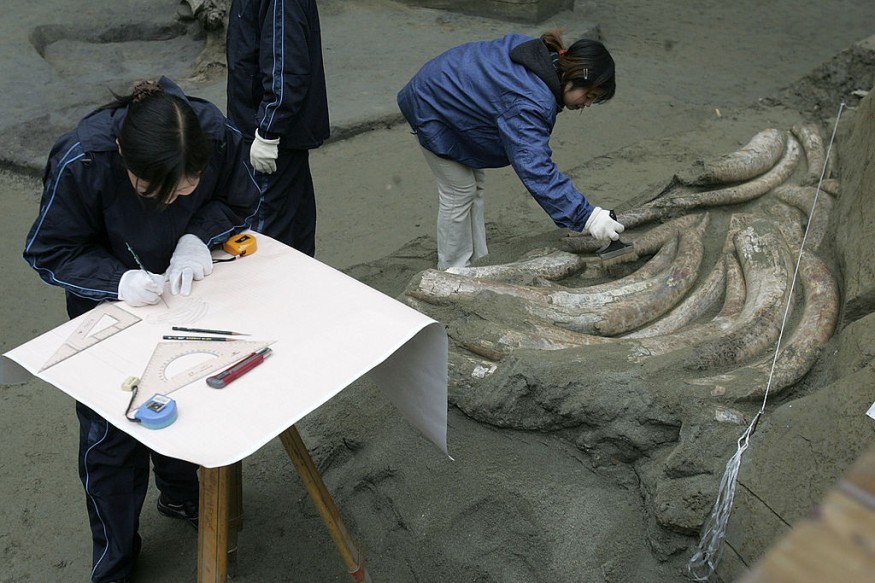Around 5,300 years previously, an archaic era arose in the east of China, constructing a lovely metropolis the equivalent of which had possibly never seen before in the whole of Asia, if not the entire globe.
The Liangzhu civilization, which arose along borders of the Yangtze River Delta in eastern China, is a monument to how this distinctive Neolithic civilization was competent of in the closing stages of the Prehistoric Era.
The Vanishing Ancient Civilization

The historical remains of Liangzhu Town show several traces of the era's economic, cultural, and industrial accomplishments, particularly in farmland and fishery.
Simultaneously, advanced structural characteristics such as smart hydraulic engineering that permitted waterways, fortresses, and water sources contributed to comparisons to Liangzhu as a Neolithic Venice of the East.
Study reveals that the speleothem archives, along with geochemistry proofs of storm surge reserves above Liangzhu culture surface, imply that tremendous floods in the rest of the middle extends of the Yangtze River Valley may have caused floodplain inundation transmitted by the Yangtze River plume, thereby impeding human settlement and crop production.
Assessment of the pile of rocks extracts, headed by first author Haiwei Zhang of China's Xi'an Jiaotong University, demonstrates that the breakdown of Liangzhu City falls in line with an era of ultrahigh rainfalls that presumably lasted for years, most probably due to greater intensity of El Nio-Southern Oscillation constraints.
Yet, that harsh environment thought to be considerably dryer over time, ending in a possible megadrought centuries prior, at which period building of reservoirs seems to have ended, because current reservoirs would have sufficed under dry environments.
Although many transcripts suggest that ruler Yu founded the Xia Dynasty since he deliberately tried waterlogging, the investigators clarify that few findings indicate that Yu's authority of the inundation can be attributed to global warming.
After then, humid circumstances persisted for centuries and centuries, which during moment numerous indigenous civilizations grew up to briefly supplant the Liangzhu, at least till another megadrought likely contributed to the final death of Neolithic human tribal populations.
Also read : SARS-CoV-2 Viruses Detected in Cambodian Bats More than a Decade Before Wuhan Outbreak Started
The Discovery of 4000 Year Old Metropolis
Spötl and a multinational research team examined mineral structures such as stalagmites from two underground caves in the vicinity, which carry chemical traces of long-ago weather conditions, in a new analysis.
Past cases of extreme weather events in the Yangtze River Delta region, per the authors, may have influenced other Neolithic cultures that served the country even before Liangzhu civilisation arose in a phase of parched and generally constant external conditions.
"Tremendous rain storms are likely to have caused such catastrophic inundation of the Yangtze and its tributaries that even the most complex bridges and waterways were unable to withstand enormous volumes of water, devastating Liangzhu City and causing people to evacuate."
"Archaeology investigations demonstrate the presence of multiple hydraulic facilities such as massive earthen dams within Liangzhu city that were built around 5,300 and 4,700 years ago," the researchers wrote in their report.
© 2025 NatureWorldNews.com All rights reserved. Do not reproduce without permission.





